Charging method based on high-voltage lithium-ion battery pack
General series charging At present, lithium battery packs are generally
charged in series, mainly because the series charging method is simple in
structure, low in cost and easy to implement. However, due to the differences in
capacity, internal resistance, attenuation characteristics, and self-
General series charging
At present, the charging of lithium-ion battery packs generally adopts
series charging, which is mainly because the series charging method has a simple
structure, low cost, and is easier to implement. However, due to the differences
in capacity, internal resistance, attenuation characteristics, self-discharge
and other performances between single lithium-ion batteries, when charging
lithium-ion battery packs in series, the single lithium-ion battery with the
smallest capacity in the battery pack will At first, it is full of electricity,
and at this time, other batteries are not yet full of electricity. If you
continue to charge in series, the single lithium-ion battery that has already
been full of electricity may be overcharged.
However, overcharging of lithium-ion batteries will seriously damage the
performance of the battery, and may even cause an explosion to cause personal
injury. Therefore, in order to guard against overcharging of single lithium-ion
batteries, lithium-ion battery packs are generally equipped with a battery
management system (battery Management System, Abbreviated as bMS), through the
battery management system, each single lithium-ion battery is protected from
overcharging. When charging in series, if the voltage of a single lithium-ion
battery reaches the overcharge protection voltage, the battery management system
will cut off the entire series charging circuit and stop charging to prevent the
single battery from being overcharged, which will cause other Lithium-ion
batteries cannot be fully charged.
After years of development, lithium iron phosphate power lithium-ion
batteries have basically met the requirements of electric vehicles, especially
pure electric cars, due to their high safety and good cycle performance.
processing conditions. However, the performance of lithium iron phosphate
batteries is different from other lithium ion batteries, especially its voltage
characteristics are different from those of lithium manganese oxide batteries
and lithium cobalt oxide batteries. The following is a comparison of the
charging curves of lithium iron phosphate and lithium manganate lithium-ion
batteries and the corresponding relationship between lithium ion
deintercalation:
Figure 1 Corresponding relationship between lithium ion deintercalation and
charging curve of lithium manganate battery Figure 2 Corresponding relationship
between lithium ion deintercalation and charging curve of lithium iron phosphate
battery
It is not difficult to see from the curve in the above figure that when the
lithium iron phosphate battery is rapidly overflowing, the lithium ions are
almost completely deintercalated from the positive electrode to the negative
electrode, the battery terminal voltage will rise rapidly, and the charging
curve will rise, which will cause the battery It is easy to reach the overcharge
protection voltage. Therefore, the phenomenon that some batteries in the lithium
iron phosphate battery pack are not fully charged will be more obvious than that
in the lithium manganate battery pack.
Low temperature lithium iron phosphate battery 3.2V 20A -20℃ charge, -40℃
3C discharge capacity ≥70%
Charging temperature: -20~45℃ -Discharging temperature: -40~+55℃ -40℃
supports maximum discharge rate: 3C -40℃ 3C discharge capacity retention
rate≥70%
Click for details
In addition, although some battery management systems have an equalization
function, due to considerations such as cost, heat dissipation, and reliability,
the equalization current of the battery management system is generally much
smaller than the current of series charging, so the equalization effect is not
very clear, and there will be The situation that some single cells are not fully
charged is more obvious for lithium-ion battery packs that need to be charged
with a large current, such as lithium-ion battery packs for electric
vehicles.
For example, connect 100 lithium-ion batteries with a discharge capacity of
100Ah in series to form a battery pack. When this battery pack is charged in
series, the single lithium-ion battery with a charge of 100Ah will be fully
charged first, so as to reach the overcharge protection voltage. In order to
prevent this single lithium-ion battery from being overcharged, the battery
management system will The entire series charging circuit is cut off, which
prevents the other 99 batteries from being fully charged, so the discharge
capacity of the entire battery pack is only 80Ah.
Generally, when the battery manufacturer leaves the factory to detect the
capacity, the single battery is first charged with a constant current, then
charged with a constant voltage, and then discharged with a constant current to
measure the discharge capacity. Generally, the discharge capacity is
approximately equal to the constant current charge capacity plus the constant
voltage charge capacity. In the actual battery pack charging process in series,
there is generally no constant voltage charging process for the single battery,
so the constant voltage charging capacity will be lost, and the capacity of the
battery pack will be smaller than the capacity of the single battery. Generally,
the smaller the charging current, the smaller the proportion of constant voltage
charging capacity, and the smaller the loss capacity of the battery pack.
Therefore, a mode of coordinating and coordinating series charging between the
battery management system and the charger has been developed.
The battery management system and the charger coordinate and cooperate in
series charging
The battery management system is the device that has the most comprehensive
understanding of the performance and status of the battery. Therefore,
establishing a connection between the battery management system and the charger
can enable the charger to understand the information of the battery in real
time, so as to handle the charging time of the battery more effectively. There
are some problems, the schematic diagram is as follows.
Fig. 3 Integration method of power lithium-ion battery system Fig. 4 Basic
system of lithium-ion battery system Fig. 5 b Schematic diagram of coordination
and coordination of MS and charger for serial charging
The principle of coordinating the charging mode between the battery
management system and the charger is: the battery management system monitors the
current state of the battery (such as temperature, single battery voltage,
battery operating current, consistency, and temperature rise, etc.), and uses
these parameters to Estimate the maximum allowable charging current of the
current battery; during the charging process, connect the battery management
system and the charger through the communication line to realize data sharing.
The battery management system transmits parameters such as total voltage,
maximum cell voltage, maximum temperature, temperature rise, maximum allowable
charging voltage, maximum allowable cell voltage, and maximum allowable charging
current to the charger in real time, and the charger can The information
supplied by the management system changes its own charging strategy and output
current.
Low temperature high energy density 18650 3350mAh-40℃ 0.5C discharge
capacity ≥60%
Charging temperature: 0~45℃ Discharging temperature: -40~+55℃ Specific
energy: 240Wh/kg -40℃ discharge capacity retention rate: 0.5C discharge
capacity≥60%
Click for details
When the maximum allowable charging current supplied by the battery
management system is higher than the designed current capacity of the charger,
the charger will charge according to the designed maximum output current; when
the voltage and temperature of the battery exceed the limit, the battery
management system can detect it in real time and notify the charger in time The
charger changes the current output; when the charging current is greater than
the maximum allowable charging current, the charger starts to follow the maximum
allowable charging current, which effectively prevents the battery from
overcharging and prolongs the battery life. Once a fault occurs during the
charging process, the battery management system can set the maximum allowable
charging current to 0, forcing the charger to stop, guarding against accidents,
and ensuring the safety of charging.
In this charging mode, the management and control functions of the battery
management system are improved, and the charger can change the output current in
real time according to the state of the battery, so as to prevent overcharging
of all batteries in the battery pack and optimize charging. The actual discharge
capacity of the battery pack is also greater than the general series charging
method, but this method still cannot solve the problem that some batteries in
the battery pack are not fully charged, especially when there are many battery
packs in series, the battery consistency is poor, and the charging current is
low. big time.
Parallel charging
In order to solve the problem of overcharging and undercharging of some
single cells in the battery pack, a parallel charging method has been developed.
The schematic diagram is as follows.
Figure 6 Schematic Diagram of Parallel Charging
However, the parallel charging method needs to use multiple low-voltage,
high-current charging power sources to charge each single battery, which has
defects such as high cost of charging power sources, low reliability, low
charging efficiency, and thick connection wires. Range uses this charging
method.
Series high current charging plus small current parallel charging
Since there are certain problems in the above three charging methods, I
have developed a charging method that is most suitable for high-voltage battery
packs, especially electric vehicle battery packs, that is, using a battery
management system and a charger in coordination with a series of high-current
charging plus constant charging. The mode of parallel connection of small
current charging with pressure limiting current, the schematic diagram is shown
below.
Fig. 7 Schematic diagram of battery management system and charger
coordinated with series charging plus parallel charging
This charging method has the following characteristics:
(1) Since the bMS of this system has the function of guarding against
overcharging, it is guaranteed that the battery will not be overcharged. Of
course, if the bMS cannot communicate and control the parallel charging power
supply, since the constant voltage value of the parallel charging power supply
is generally the same as the voltage value of the single lithium-ion battery in
the lithium-ion battery pack when it is fully charged, there will be no
overcharging problem. .
(2) Because it can be charged in parallel, there is no need for an
equalizing circuit with low reliability and relatively high cost, and the
charging effect is better than the series charging method with only an
equalizing circuit, and its maintenance and management are also simple and
easy.
(3) Since the maximum current of series charging is much greater than the
current of parallel charging (generally more than 5 times), it can ensure that a
higher capacity can be charged in a shorter time, thereby exerting the maximum
effect of series charging.
(4) The sequence of series charging and parallel charging and the number of
parallel charging power sources can be flexibly controlled during charging, and
charging can be performed at the same time; parallel charging can be performed
after series charging is completed; a parallel charging power supply can also be
used according to the voltage in the battery pack The battery with the lowest
voltage is charged in turn.
(5) With the development of technology, the parallel charging power supply
can be non-contact charging power supply (wireless charging power supply) or
solar battery power supply, thus making parallel charging easy.
(6) When the number of single lithium-ion batteries in the lithium-ion
battery pack is large, the lithium-ion battery pack can be divided into several
lithium-ion battery pack modules, and each lithium-ion battery pack module uses
bMS and chargers to coordinate and cooperate with each other in series. Charging
is carried out by combining current charging with parallel connection of small
current charging with constant voltage and current limiting.
Its main purpose is to reduce the relatively poor consistency between
single cells when there are a large number of batteries in series in the battery
pack, which leads to the poor charging effect of the coordinated charging method
of bMS and charger, so as to make full use of bMS and charger. Harmonize with
charging mode for maximum effect.
This approach is especially suitable for high-voltage battery packs that
are composed of rapidly replaceable low-voltage (eg 48V) battery module systems,
so that parallel charging or repairing can be performed at battery replacement
stations or charging stations (general users usually charge It is not necessary
to charge in parallel), and special personnel will sort and regroup according to
the actual situation.
The battery management system and the charger are used to coordinate the
charging method of series high current charging and constant voltage current
limiting parallel small current charging, which can effectively solve the
problems of overcharging and undercharging that are easy to occur when charging
lithium-ion battery packs in series, and can be alert Parallel charging is the
most suitable charging method for high-voltage battery packs, especially
electric vehicle battery packs.



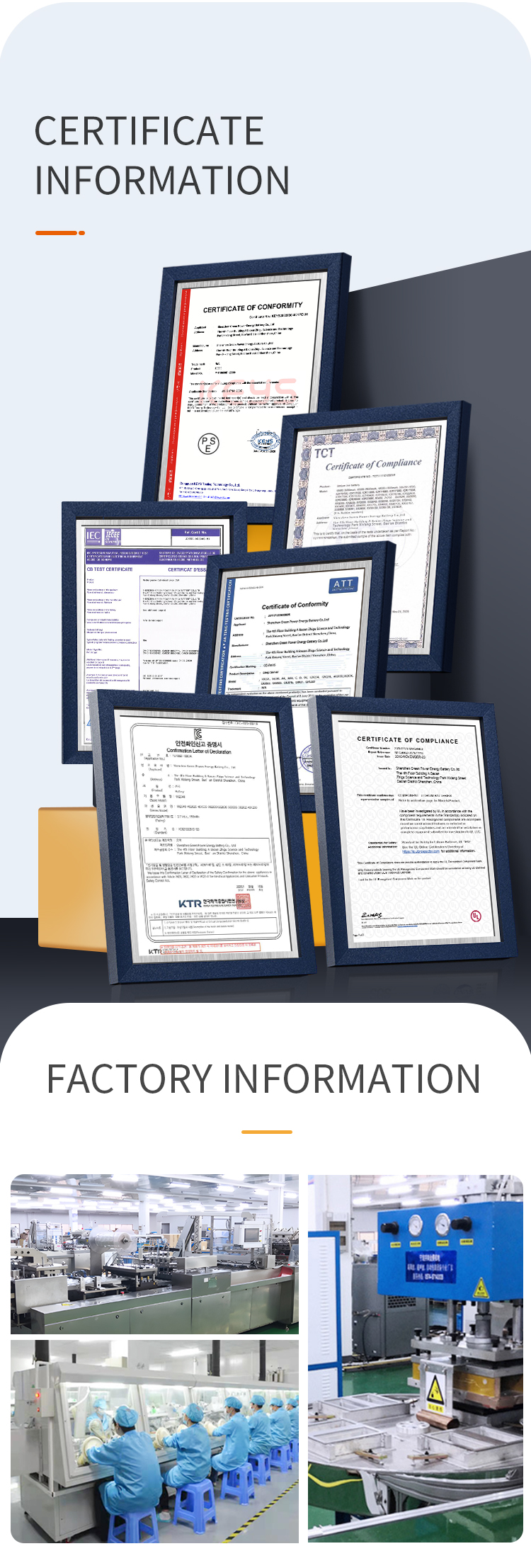
































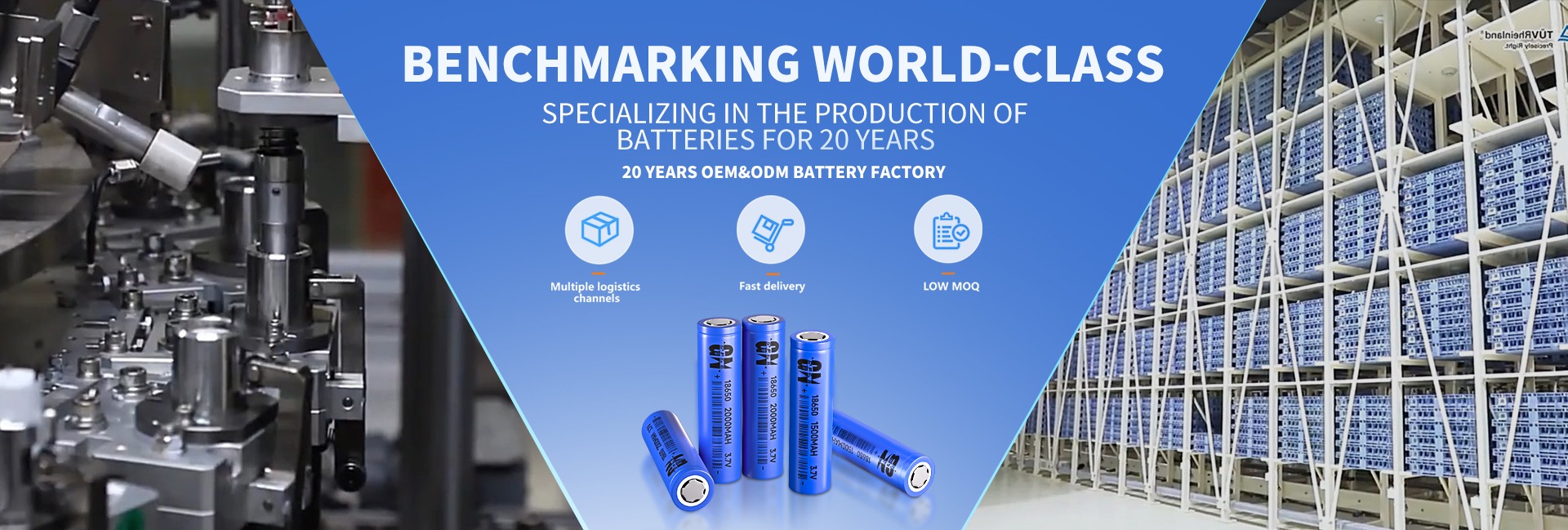
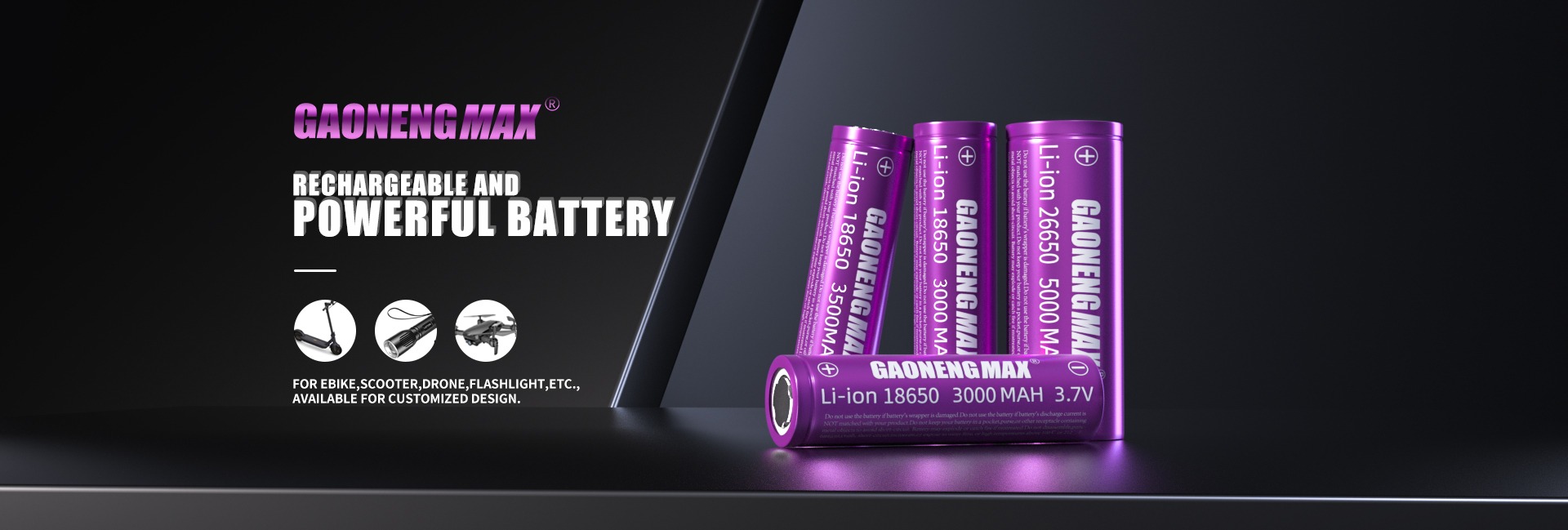
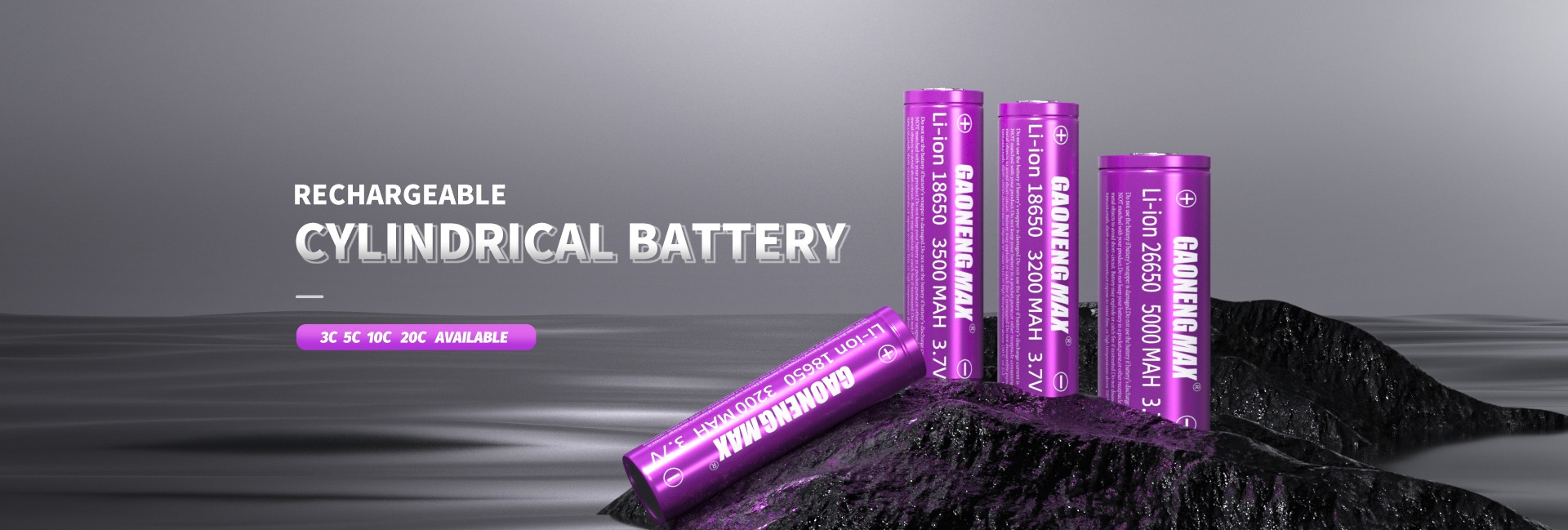
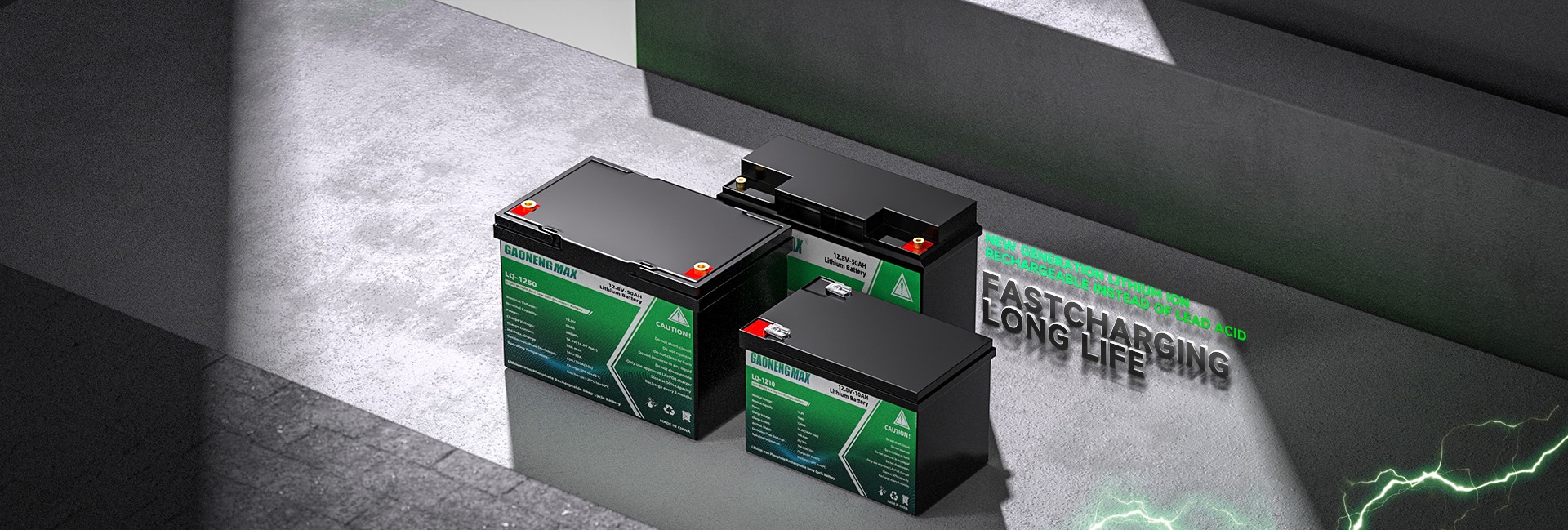


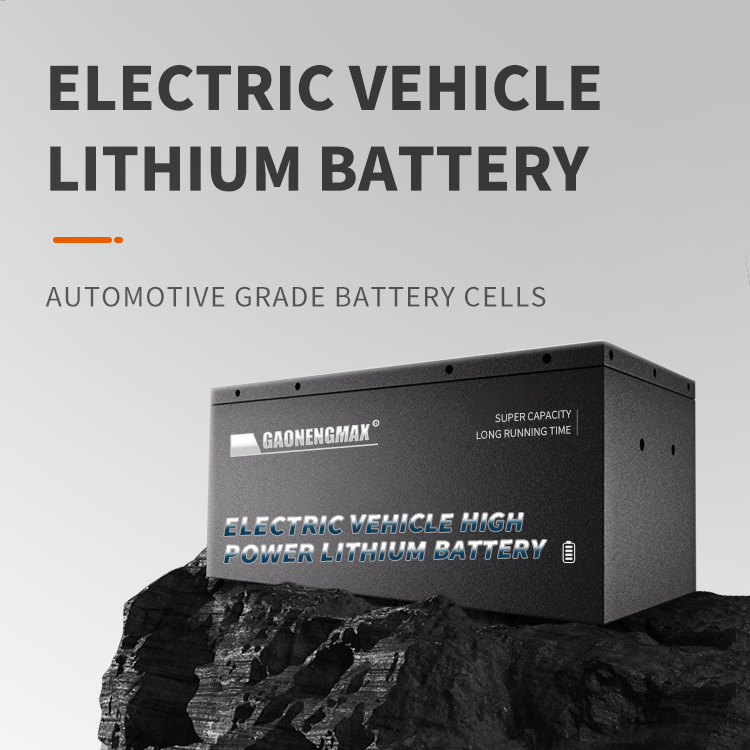

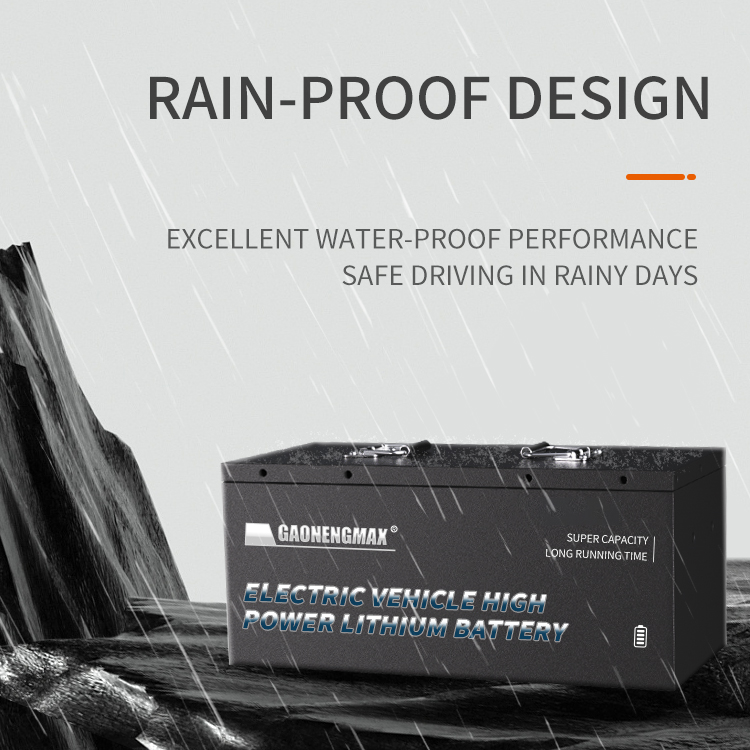


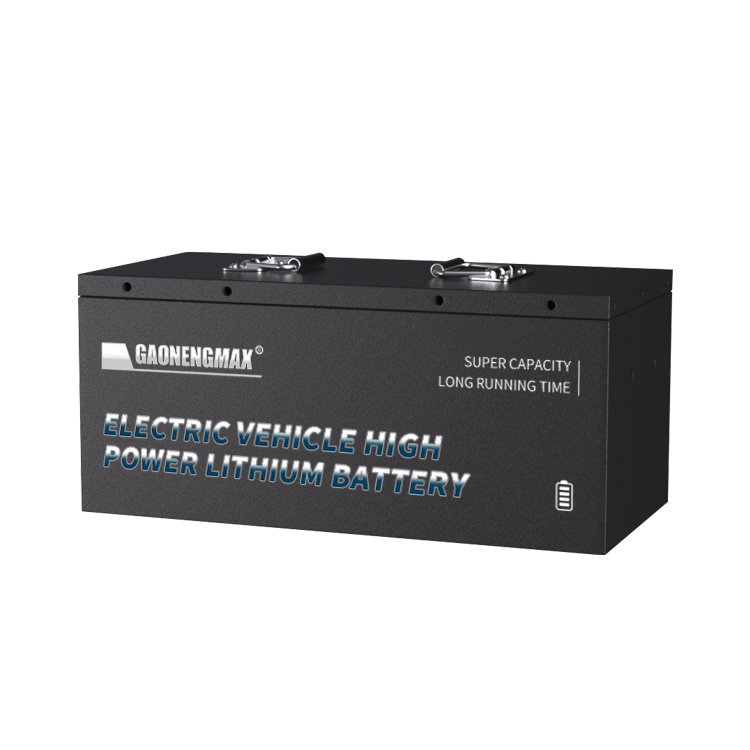







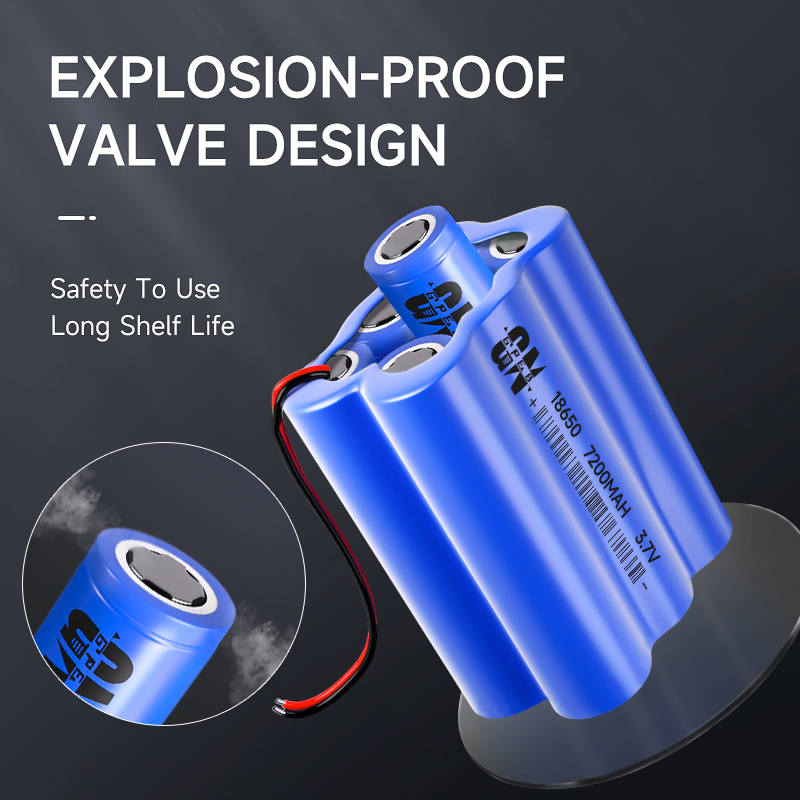







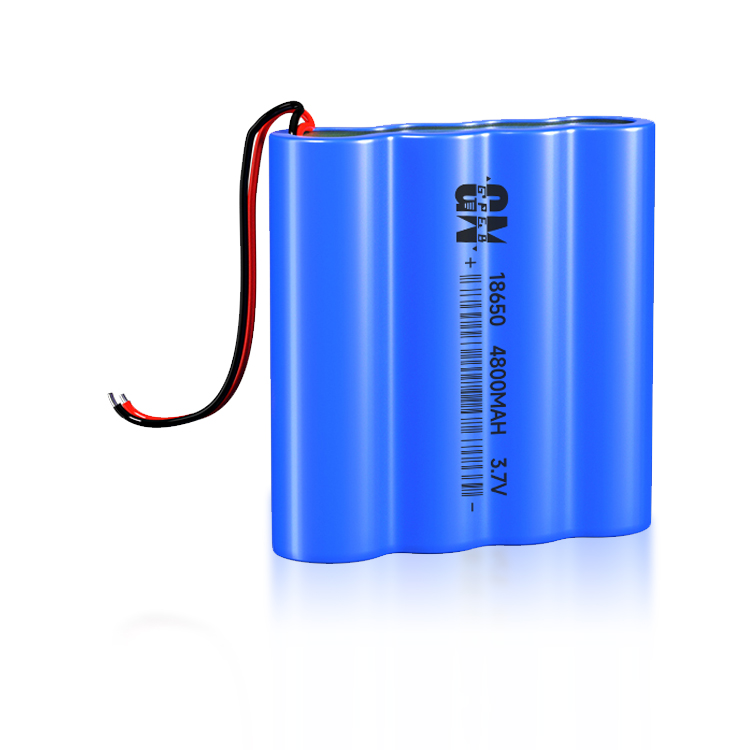
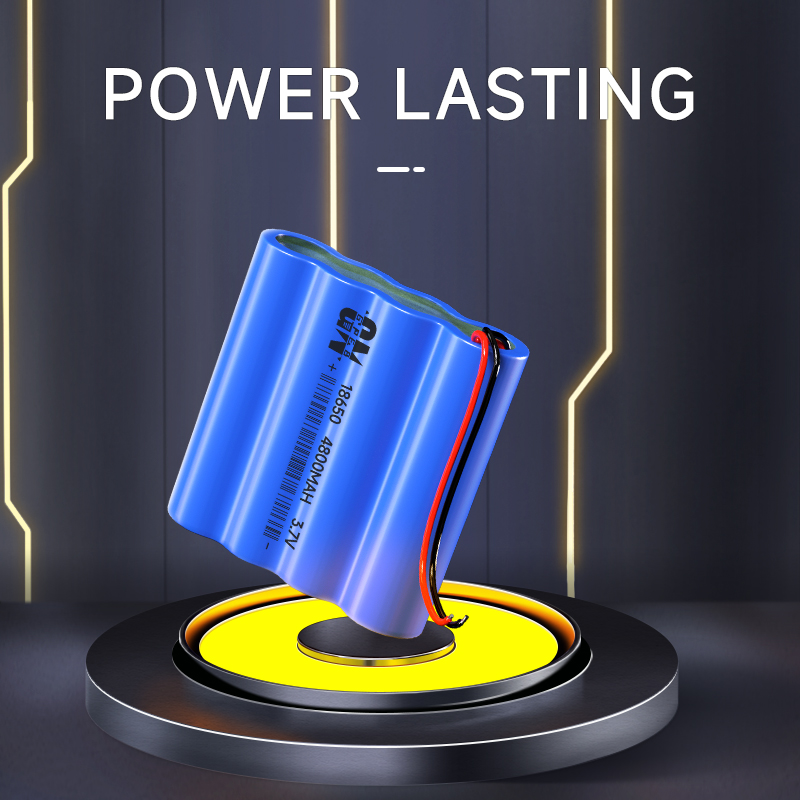








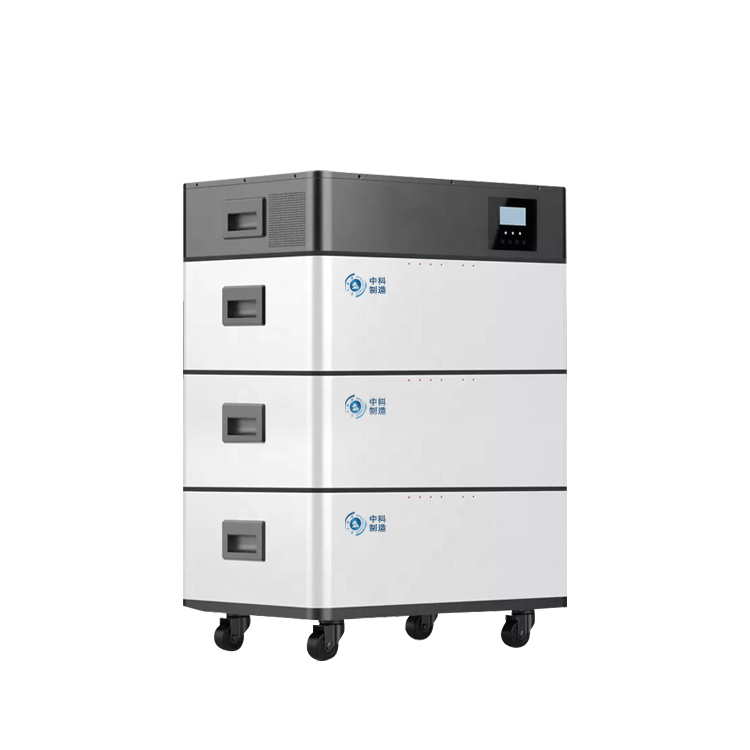













 360° FACTORY VR TOUR
360° FACTORY VR TOUR
 Whatsapp
Whatsapp
 Tel
Tel Email
Email TOP
TOP